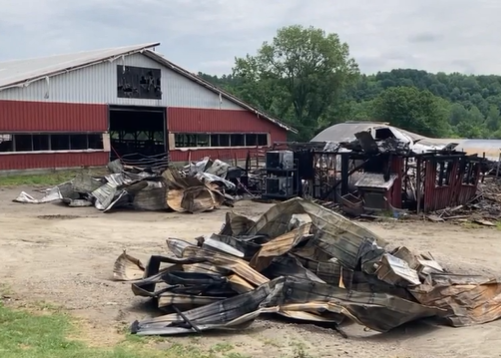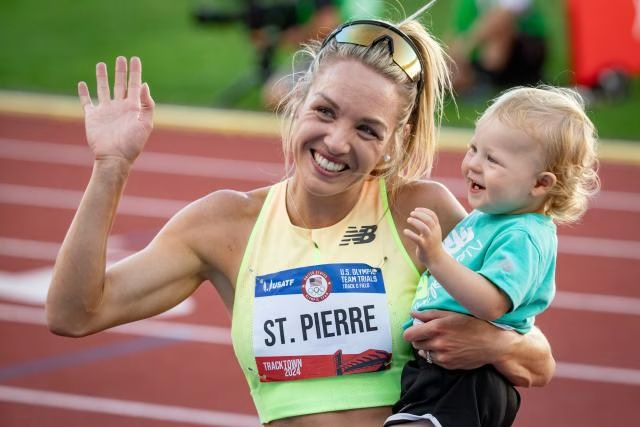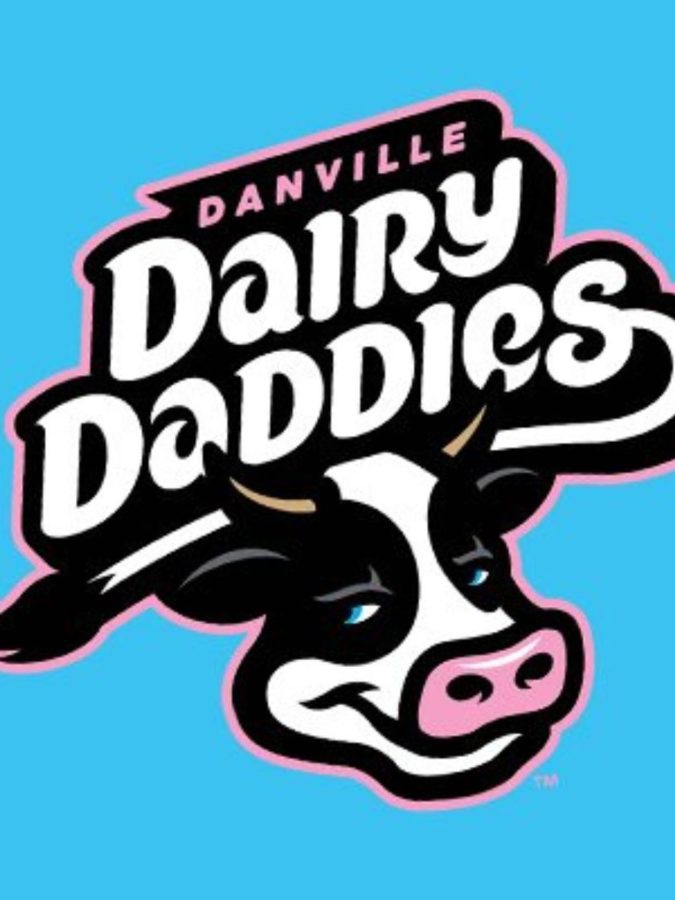Follow Lexi Anderson’s brave battle with restrictive cardiomyopathy. See how love and community power her journey.
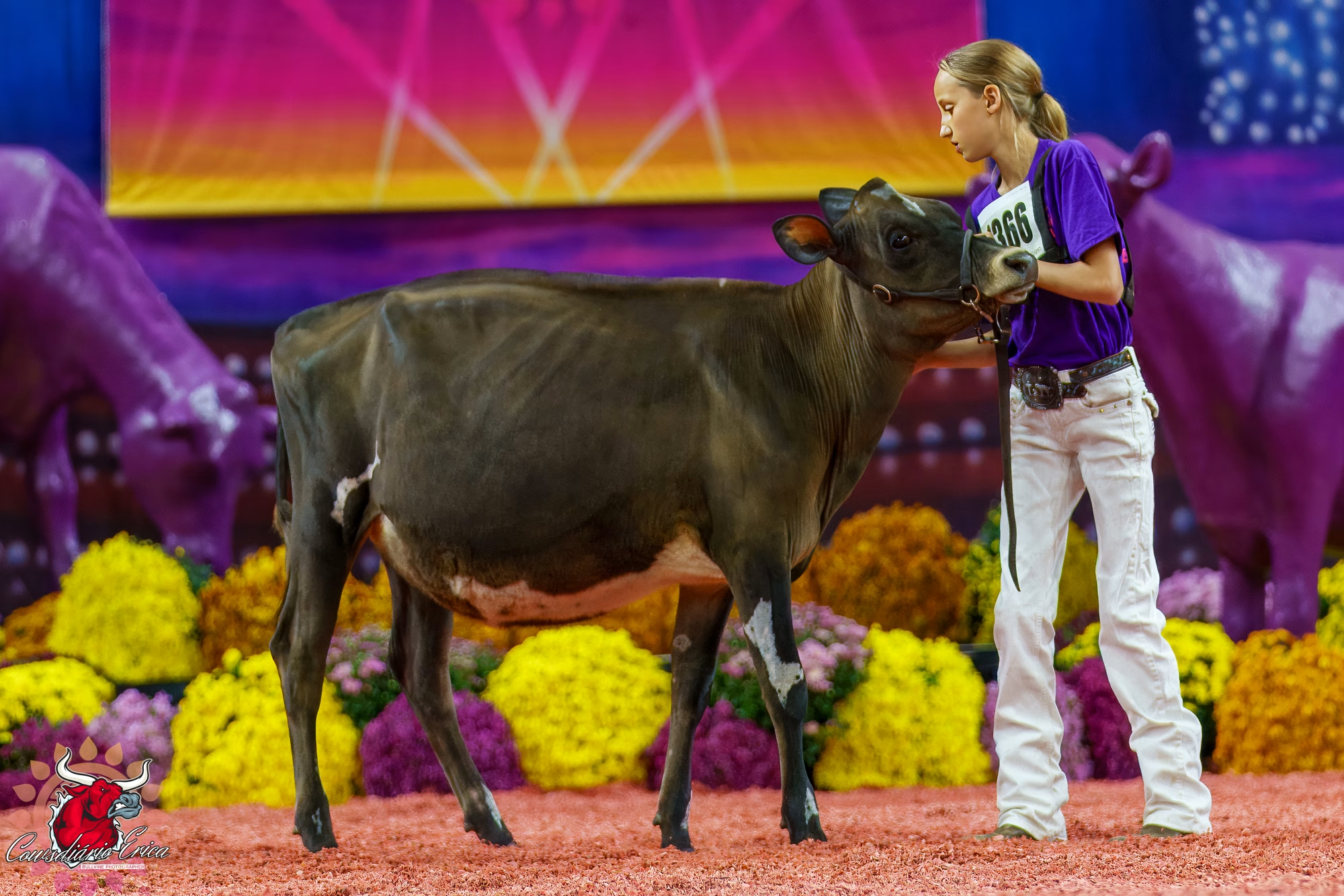
Consider a crowded basketball court, complete with the sounds of shoes squeaking on polished wood, eager talk from teammates, and the distinct buzz of young energy. Lexi Anderson, an energetic 12-year-old noted for her bright grin, exceptional athleticism, and unshakeable love for life, would fit right in. Her days were a blur of school, sports, and nonstop laughter—the perfect image of a young girl enjoying her best life.
“Lexi has always been a beacon of light and joy, her spirit shining brightly in everything she does,” her mother, Tamela Anderson, shares, her voice warm and a total of pride and love.
But just as everything appeared to be falling into place, Lexi’s life took an unexpected turn. The platform that once highlighted her cheerful aspirations came to reverberate with unease and anxiety. Lexi’s life changed significantly once she was diagnosed with restrictive cardiomyopathy, a rare and severe heart ailment. What happens when a young, energetic athlete is forced to undergo the most challenging struggle of her life? It’s a question that every family member, friend, and stranger who hears her tale and wants to support her asks.
When Dizzy Spells Became Dire: Lexi’s Sudden Descent into Medical Chaos
Lexi Anderson’s journey into medical uncertainty began with events that would seem normal for any active child. Nearly ten months ago, it all started on a familiar basketball floor. Full of life and activity, Lexi began to feel dizzy while playing. At first, these symptoms seemed innocuous—perhaps just dehydration or fatigue? The family, perplexed and worried but hopeful that it would be a minor issue, found themselves in a scenario where Lexi’s health seemed to be slipping away from their grasp.
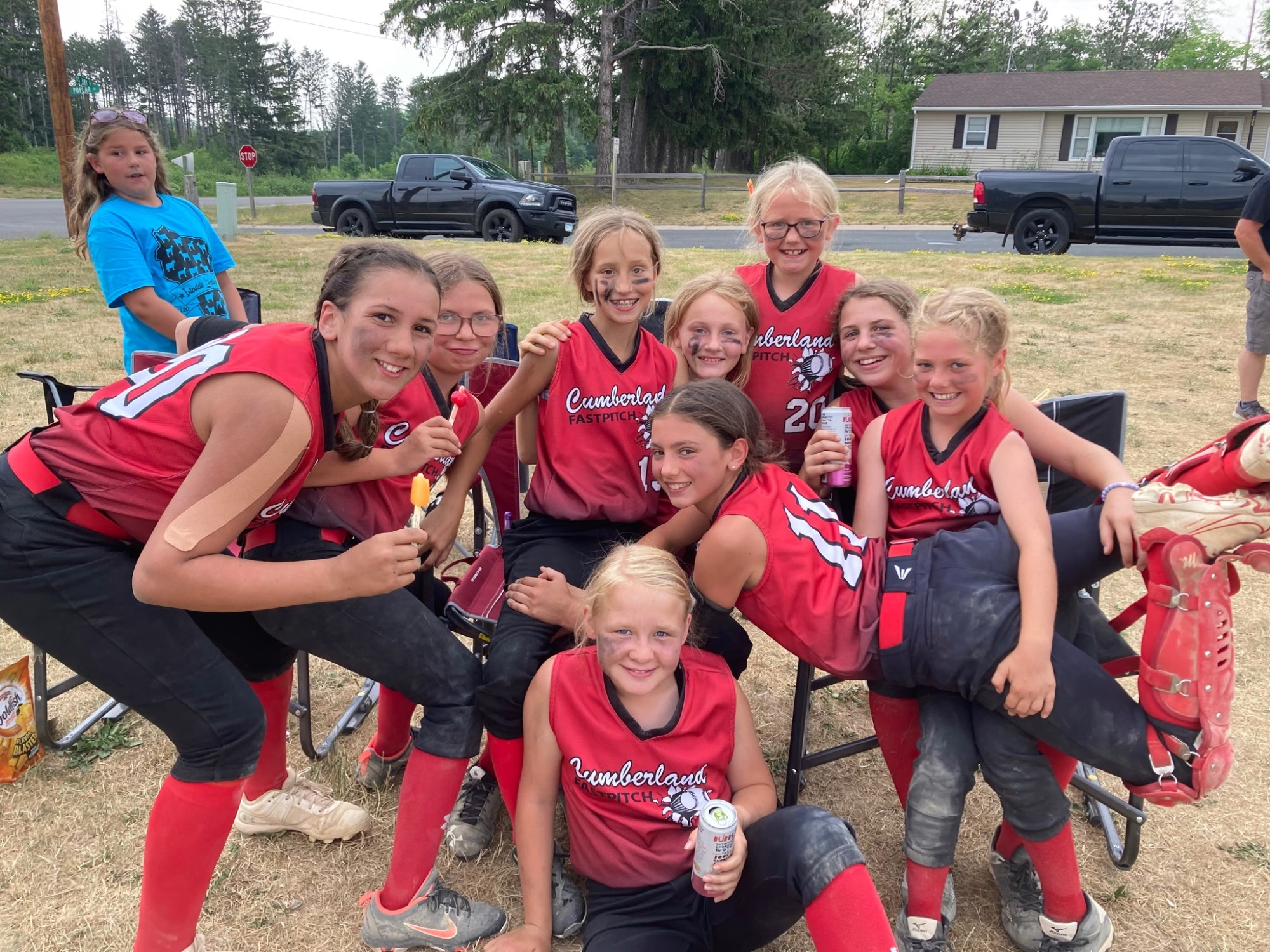
The actual alarm went out when Lexi collapsed. A blackout prompted the decision to seek competent medical guidance. They consulted physicians, hoping for answers, but braced for the worst. The subsequent diagnosis left them with the harsh reality of Restrictive Cardiomyopathy (RCM). RCM is a disorder in which the heart’s walls harden, hindering the heart from correctly filling with blood, resulting in an uncommon but severe condition. To put things into perspective, this ailment affects just 2% of the world population, highlighting its rarity and severity.
This news was a watershed event for the Anderson family, setting off an emotional and logistical roller coaster. The looming issue was how much time they had to act. Will they be able to get Lexi the heart transplant she desperately needs? The uncertainty was, and is, a terrifying reality.
Amidst the Storm: Navigating Hope and Heartache
Lexi and her family have been through a difficult emotional journey. Lexi’s family was thrown into a maelstrom of confusion and dread as soon as she was diagnosed with restrictive cardiomyopathy. Tamela, Lexi’s mother, describes her first surprise and sadness at learning of her daughter’s illness. The weight of living with an impending diagnosis, where young patients may have as little as eighteen months, was too severe to fathom completely. She expresses a parent’s greatest fear: losing a kid while attempting to be a rock of support for Lexi.

Despite the terror, there are glimmers of optimism. Tamela and her family find solace in one other and the surrounding neighborhood. Their “Love for Lexi” campaign demonstrates the widespread support and affection that aims to inspire them on this challenging road. These efforts are bolstered by the hardworking and caring medical staff at Children’s Hospital in Milwaukee, who combine their knowledge with a personal touch. They comfort Lexi’s family with a firm promise: “We will find a heart.” We’re going to remedy this.” The professionals’ unflinching conviction is a lifeline for Lexi’s family, providing a light of hope amid an ocean of uncertainty.
The medical staff provides cutting-edge treatment while instilling empathy and optimism into every contact. Their devotion is evident in their words and actions, willingness to react, and the complete care plan they have developed for Lexi. Despite the hardships, this unwavering commitment supports the family’s hope for a better future. Tamela and Lexi believe their continued journey demonstrates their tenacity and confidence in medical technology. They want a heart that would eventually comfort their tired souls.
Love and Unity: Lexi Anderson’s Community Rallies Behind Her
When faced with difficulty, a community’s strength and solidarity become abundantly clear, and in Lexi Anderson’s case, her community has shown extraordinary compassion and support. Lexi’s path, full of difficulties and optimism, has been welcomed by friends, neighbors, and strangers who have stood by her side in unshakable support.
The ‘Love for Lexi’ project is a powerful demonstration of the strength of collective action. More than just a campaign, it is a beacon of hope for Lexi and her family, showing that they are not alone in their fight. People have joined together via the website www.LoveForLexi.com to collect donations for her medical bills and to keep everyone up to speed on her development via Caring Bridge.

When Lexi Anderson’s market lambs did not sell this year, her friends Hattie and Holly Hargrave decided to offer one of their lambs for the sale to benefit a friend who is now on the waiting list for a heart transplant. Lexi’s cousin Katie, Hattie Hargrave, Lexi Anderson, and Holly Hargrave are seen from left to right.
(Emmy Massie)
Hattie and Holly Hargrave’s tale stands out among the innumerable gestures of compassion. Lexi’s friends did more than provide words of consolation; they took action. A lamb sale at a local county fair became the focal point of a massive fundraising drive. When Hattie’s sheep were not sold, she devoted them to Lexi’s welfare. Something unusual occurred as the auction progressed: the lamb was sold many times, bouncing back to be sold again, and raising nearly $27,000 in contributions from four separate companies.
This heartfelt gift goes beyond financial assistance; it represents the remarkable compassion and devotion of a community wanting to make a difference in Lexi’s life. Such community spirit gives Lexi’s family crucial resources and raises them, giving them emotional strength and confidence in uncertainty. The Hargrave sisters and everyone else proved how a community united by love can overcome even the most difficult situations, demonstrating to Lexi that she is greatly valued and loved.
Lexi’s Unyielding Spirit: A Beacon of Inspiration Amidst Adversity
Lexi’s journey is a testament to resilience. Despite her struggles with restrictive cardiomyopathy, she continues to inspire with her strength and tenacity. Her health may present significant challenges, but she continues to pursue what she enjoys, such as attending the World Dairy Expo. These activities are more than just pastimes for Lexi; they are lifelines that keep her heart pounding to its total capacity, symbolically and practically.

Her willingness to compete at the World Dairy Expo, despite the obstacles piled against her, demonstrates her unwavering spirit. It’s more than just winning; it’s about turning up, preserving a feeling of normality, and enjoying life to the fullest. Lexi’s participation in such activities delights her and inspires her family and friends. Her upbeat personality exudes optimism, enveloping her community in an atmosphere of bravery and strength that inspires her quest and everyone pulling for her.

Lexi’s cousin contributed to the family’s pride and satisfaction by winning the Junior Championship in the Jersey Show at the World Dairy Expo. This victory was more than a personal accomplishment; it was a family success, demonstrating their combined resolve and endurance. As they celebrated together, it showed how vital these moments of delight are among the constant hardships, reaffirming the relationships that keep their community tight and steadfast.
Lexi’s impact goes beyond her close group. She inspires innumerable individuals who follow her tale. Lexi offers essential lessons about resilience and elegance under duress, whether through her bright grin as she enters the show ring or her unwavering support for her pals despite her struggles. She epitomizes the notion that hardship can pave the way for perseverance and solidarity, which is highly meaningful to everybody who has faced—or will face—difficult situations.
A Ray of Hope: Navigating Uncertainty in Lexi’s Ongoing Fight
The most recent update on Lexi’s trip reflects a complex tapestry of emotions and expectations. Lexi just had her second heart catheter checkup, which measures the pressure her heart experiences throughout daily activities. The findings provide a ray of hope; her stress levels have not increased from prior assessments, suggesting a temporary stability in her condition. Her bloodwork matches identical trends from August, offering a little respite from the turmoil.
Despite the intact measurements, Lexi’s reality remains unchanged: she is still in critical need of a heart transplant. This critical aspect of her future continues to hover over the Andersons as they live each day with eager expectations. Lexi and her family live in a constant state of preparedness, emotionally and logistically prepared for the transforming call that may arrive at any moment and give her a new lease on life. They’ve readied their basics and emotions to run for a fresh beginning when the opportunity arrives.
The Anderson family recognizes the importance of community support and persistent prayers throughout their journey. Collective hope, enveloped in the warmth of good wishes, is an essential source of strength and comfort for them. Each letter of encouragement and prayer is a light of hope, lifting their spirits. As they anticipate a life-changing call, the family’s dependence on community prayers and support exemplifies the power of love and togetherness in facing life’s problems.
The Bottom Line
Amid life’s unpredictability, Lexi Anderson exemplifies the strength and resilience that come from bravery, community, and hope. Her path teaches us that, although life may be difficult, the unwavering spirit of a community and the unshakable bonds of love give strong protection. These themes, which run throughout Lexi’s tale, demonstrate the transformational power of group support in overcoming adversity that might otherwise seem insurmountable.
As we consider the affection surrounding Lexi, we are encouraged to question ourselves: How often do we underestimate the influence our love and support may have on the lives of others? Such acts of kindness boost individuals in need and create a climate where hope may thrive, even in the darkest circumstances.
To continue sharing hope and ensuring Lexi’s struggle receives continuous support, please visit the Love for Lexi page. You may learn more about her journey, interact with the community, and donate to the cause there. Let us celebrate the power of love as a catalyst for transformation and a light of hope for Lexi and many others like her.
Key Takeaways:
- Lexi Anderson, a typical 12-year-old, faces a rare heart condition called Restrictive Cardiomyopathy (RCM) that requires a heart transplant for survival.
- This condition was discovered through symptoms like dizziness and blackouts during sports activities.
- Despite the life-altering diagnosis, Lexi’s family continues to hope, supported by specialized medical teams and their community.
- A dedicated community effort, “Love for Lexi,” showcases generous support, raising significant funds through events like “A Lamb for Lexi.”
- Lexi’s zest for life and resilience is evident as she balances medical treatments with efforts to lead an everyday life supported by friends and family.
- Recent medical updates reveal stability in Lexi’s condition, allowing her to return home and providing a window of hope while awaiting a heart transplant.
Summary:
Lexi Anderson, a spirited 12-year-old, faces a tough battle against Restrictive Cardiomyopathy (RCM), a rare heart condition necessitating a transplant. Once a lively sixth grader, her life pivoted after dizzy spells led to this daunting diagnosis. Despite medical restrictions and the inability to play sports, Lexi’s courage remains undiminished. Her journey inspires many as she receives unwavering support from her community through the “Love for Lexi” campaign, detailed on www.LoveForLexi.com. Remarkable gestures, like the Hargrave sisters’ lamb sale, have significantly contributed to her cause, raising essential funds for her treatment. Although her health is precarious, recent heart catheter results show temporary stability, offering a hopeful glimpse as the family waits for a life-saving transplant. Lexi’s story is a profound testament to bravery, community solidarity, and the enduring power of hope.
Learn more:
- Brooks Markus: A Fountain of Hope and Inspiration Participates in the 4th edition of Calves for a Cause
- Brookview Tony Charity (EX-97-USA-11*): Incredible Perfection
- Sunibelle Dempsey Esprit: A Farewell Tribute to a Swiss’Expo and Holstein Legend
 Join the Revolution!
Join the Revolution!
Bullvine Daily is your essential e-zine for staying ahead in the dairy industry. With over 30,000 subscribers, we bring you the week’s top news, helping you manage tasks efficiently. Stay informed about milk production, tech adoption, and more, so you can concentrate on your dairy operations.







 Join the Revolution!
Join the Revolution!
